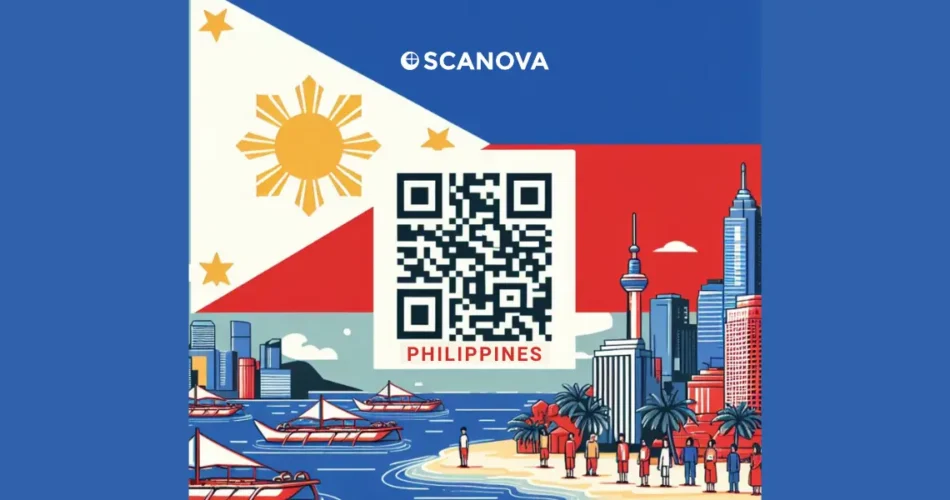The Philippines has embraced the digital age with open arms, and QR Codes have become a ubiquitous part of that landscape.
These little black-and-white squares are popping up everywhere, revolutionizing how Filipinos interact with businesses and information.
Let’s delve into the world of QR Codes in Philippines, exploring industry-wide applications and successful brand campaigns.
QR Codes lately become popular in the Philippines, especially in payments, government services, and everyday activities. Here’s a rundown:
1. Payments
Bangko Sentral ng Pilipinas launched QR Ph, which enables you to pay with QR Codes. That is part of their plan to make 50% of all the payments digital.
GCash and PayMaya are some of the popular applications that allow QR Code usage for making payments. In addition, these payment modalities bring convenience in sending and receiving payments efficiently.
2. Government use
QR Codes were used for contact tracing during the pandemic. Apps like StaySafe allowed people to gain entrance to public places using code scanning.
Vaccine certificates, like VaxCertPH, also utilize QR Codes to flash out vaccination status.
3. Retail and small businesses
Even small businesses, including street vendors, increasingly accept QR Code payments. It is cheaper and quicker than traditional methods of receiving payments.
4. Transport
Public transport, including buses and trains, has also started to adopt the use of QR Codes for cashless payment.
5. Mobile use
With 76 million smartphone users and 73% of Filipinos online, it is relatively easy to use QR Codes through their mobile phones.
6. Banking
As BDO and BPI, the biggest banks in the country, enabled the withdrawal of money using a QR Code at ATMs, it became easier for people to perform such tasks.
7. Future of QR Codes
The BSP hopes that by 2023, 70% of all adults will have access to digital payments as more and more people open bank accounts or e-wallets with the aid of QR Codes.
B. Notable applications of QR Codes in Philippines
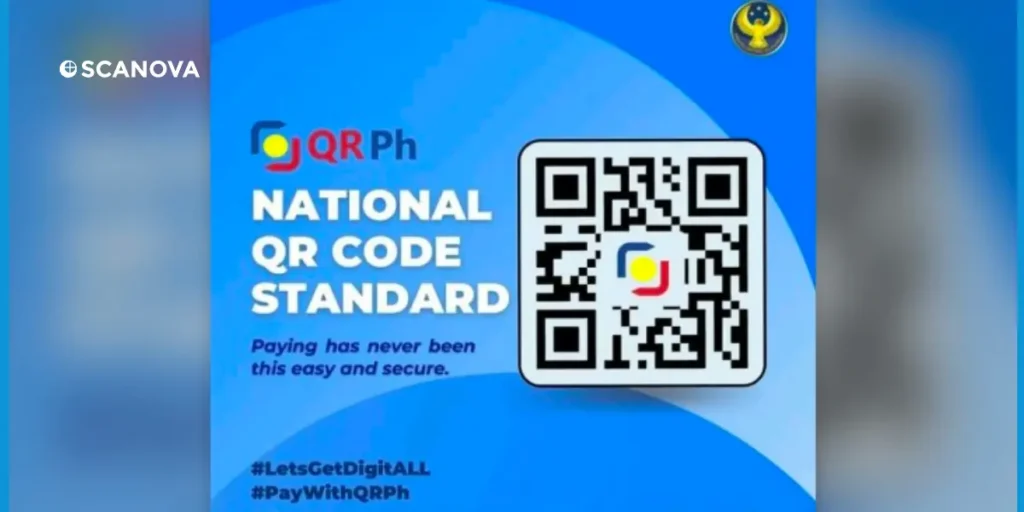
Payments: QR Ph, the standardized national QR Code system, has transformed the way Filipinos pay.
From street vendors to large corporations, businesses can display a QR Code for customers to scan using their mobile banking apps for quick and contactless transactions.
Marketing & Advertising: QR Codes in Philippines bridge the gap between physical and digital marketing.
Printed ads, billboards, and product packaging can incorporate QR Codes in Philippines, allowing customers to instantly access websites, download apps, or view product information with a scan.
Logistics & Supply Chain: QR Codes in Philippines streamline logistics by tracking inventory, managing deliveries, and ensuring product authenticity.
Manufacturers can encode product details for efficient tracking throughout the supply chain.
Government Services: Government agencies are utilizing QR Codes in Philippines for faster and more convenient service delivery.
QR Codes can be used to access online government forms, verify IDs, or even pay for licenses and permits.
Tourism: Tourists can scan QR Codes in Philippines at historical sites or tourist destinations for access to audio guides, multilingual information, or interactive experiences.
C. Real-life examples and brand campaigns
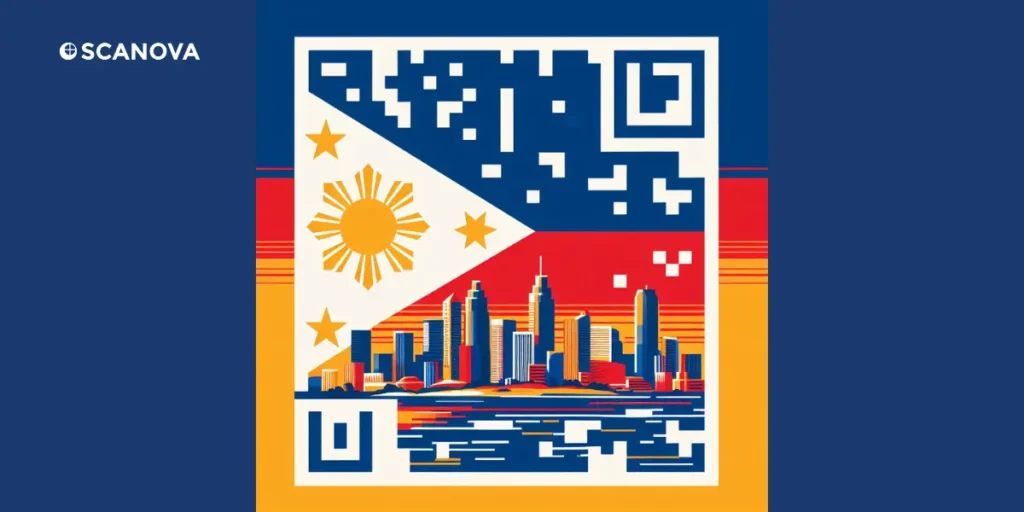
1. PayMaya’s “Scan to Pay” Campaign (2020)
This mobile wallet provider launched a massive campaign promoting QR Code payments in sari-sari stores (neighborhood convenience stores).
The campaign, featuring celebrity endorsements and educational materials, significantly boosted digital payments in these small businesses.
2. Jollibee’s “QR Code Ordering” System
The popular fast-food chain Jollibee has implemented QR Code ordering systems in some branches.
Customers scan a code at their table to access the menu, place orders, and even pay directly from their phones.
This campaign offered discounts and freebies to customers who scan QR Codes embedded in their packaging, encouraging repeat purchases and engagement.
3. Department of Tourism’s “QR Code Tourist Information”
The Department of Tourism has incorporated QR Codes in Philippines at popular tourist spots.
Scanning the code provides visitors with information in multiple languages, historical details, and even recommendations for nearby attractions.
4. Department of Transportation
The Department of Transportation (DOTr) in the Philippines introduced QR Code-based contact tracing systems in public transportation.
This enabled passengers to scan QR Codes in Philippines upon boarding, contributing to COVID-19 mitigation efforts.
5. Coca Cola Manila Campaign
Coca-Cola Philippines launched a campaign featuring QR Codes on their bottles, inviting consumers to scan the codes for a chance to win prizes and unlock exclusive content.
This helped the brand effectively blend traditional marketing with digital engagement strategies.
6. Camiguin’s “Clean Camiguin QR Code” Program
To manage tourism safely during the pandemic, the provincial government of Camiguin introduced a QR Code-based visitor monitoring system.
Tourists were required to register online and present their Clean Camiguin QR Code at entry points, accommodations, and establishments. This initiative helped ensure safety while keeping tourism open on the island.
7. Philippines Red Cross QR Code integration
The Philippine Red Cross implemented QR Codes in their blood donation campaigns.
This allowed donors to schedule appointments, receive reminders, and access their donation history conveniently through a mobile app.
8. Union Bank of Philippines
UnionBank of the Philippines launched the “QR Ph” platform, allowing merchants to accept QR Code payments from various e-wallets and bank apps.
This helped in promoting financial inclusion and digital adoption among businesses and consumers.
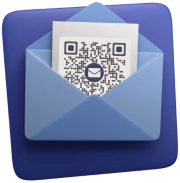

D. Industry-wise use cases of QR Code usage in the Philippines
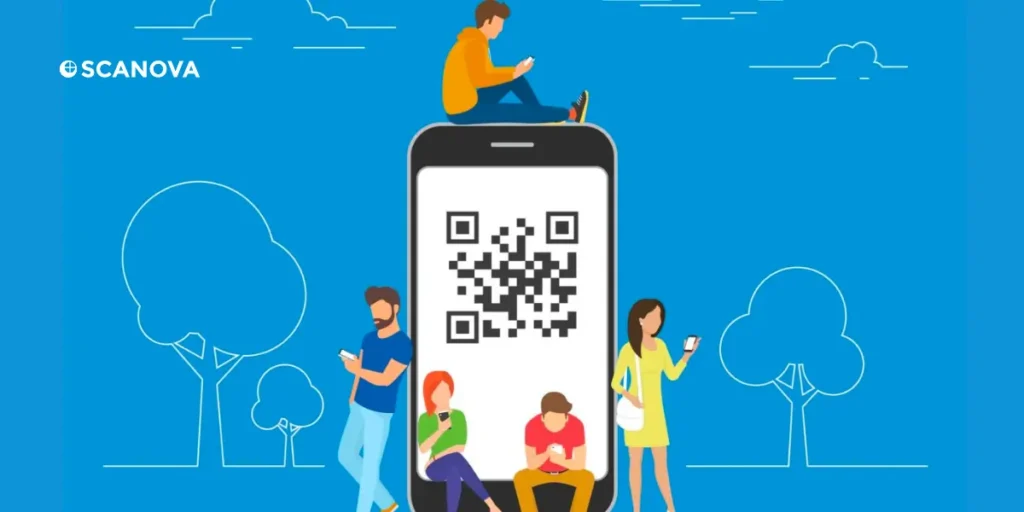
1. Retail Sector
In the retail sector, QR Codes in Philippines are streamlining payments, enhancing marketing efforts, and improving inventory management.
Businesses in the Republic of the Philippines are integrating QR Codes into loyalty programs, allowing customers to earn rewards with each purchase.
Retail giants like SM Supermalls and Robinsons Malls have adopted QR Code payments, offering seamless transactions through mobile wallets like GCash and PayMaya.
Moreover, QR Codes in Philippines on product packaging enable consumers to access detailed product information and reviews instantly.
2. Transportation and logistics
QR Codes are revolutionizing the transportation and logistics sector in the Philippines, facilitating contactless ticketing, tracking shipments, and improving passenger experiences.
Commuters can now use QR Codes in Philippines to pay for rides on buses, trains, and ferries, reducing the reliance on cash and physical tickets.
Logistics companies leverage QR Codes in Philippines to track packages in real time, enhancing transparency and efficiency in the delivery process.
3. Healthcare Industry
In the healthcare sector, QR Codes in Philippines are optimizing patient care, improving medical record management, and enhancing communication between healthcare providers and patients.
Hospitals and clinics utilize QR Codes in Philippines for appointment scheduling, prescription refills, and accessing medical reports securely.
Moreover, QR Codes embedded in pharmaceutical packaging enable patients to verify the authenticity of medications and access dosage instructions.
4. Finance and banking
QR Codes have transformed the financial landscape in the Philippines, facilitating peer-to-peer payments, bill payments, and merchant transactions.
Banks and financial institutions have integrated QR Code-based payment systems into their mobile banking apps, enabling customers to transfer funds seamlessly using their smartphones.
Small businesses leverage QR Codes in Philippines to accept payments from customers without the need for expensive POS terminals.
5. Brand Campaigns
Numerous brands in the Philippines have leveraged QR Codes creatively in their marketing campaigns to engage consumers and drive brand awareness.
From scavenger hunts to interactive advertisements, QR Codes in Philippines offer a novel way for brands to connect with their target audience and gather valuable data on consumer behavior.
E. The Future of QR Codes in the Philippines
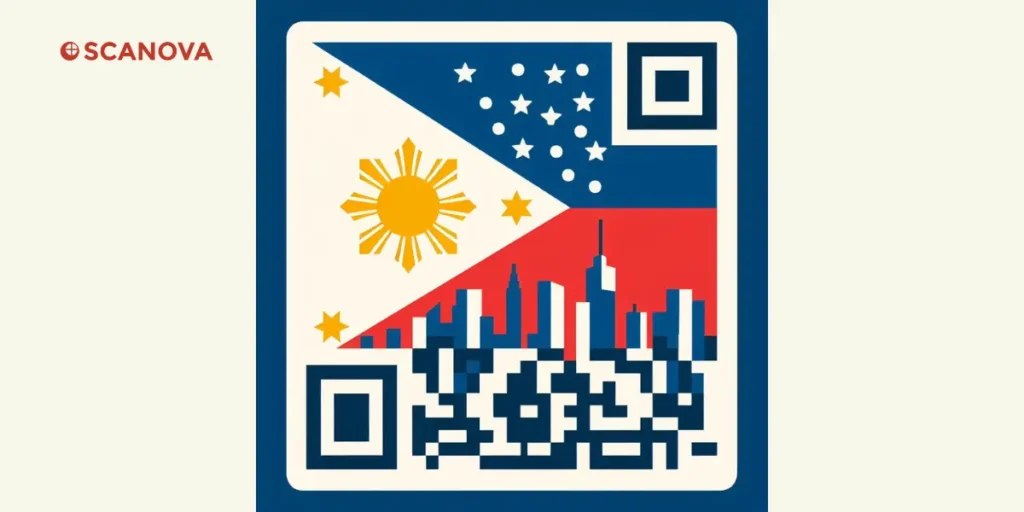
With the continued rise of smartphone usage and the government’s push for a cashless society, QR Codes are poised to become even more integrated into Filipino life.
We can expect to see them used for:
- Proof of Vaccination: As the pandemic evolves, QR Codes could be used for digital vaccination certificates.
- Educational Resources: Students can scan QR Codes in textbooks or classroom materials to access additional learning materials, videos, or interactive exercises.
- Voting & Elections: The Philippines has already experimented with QR Codes for secure voting in some areas. This trend could expand in the future.
F. FAQs: QR Codes in Philippines

1. What are QR Codes, and how do they work?
QR Codes, short for Quick Response codes, are two-dimensional barcodes that store information horizontally and vertically.
They work by encoding data such as text, URLs, or other information into a pattern of black squares arranged on a white background. Users can scan these codes using a smartphone camera or QR Code scanner app to access the encoded information.
2. How are QR Codes in Philippines being used ?
QR Codes are being used in various ways in the Philippines, including contactless payments, ticketing for transportation, accessing digital content, marketing campaigns, loyalty programs, and COVID-19 contact tracing.
3. Are QR Code payments secure in the Philippines?
Yes, QR Code payments in the Philippines are generally secure. They utilize encryption technology and authentication methods to protect sensitive information during transactions.
However, users should ensure they are using trusted platforms and follow recommended security practices to mitigate risks.
4. Which industries in the Philippines are leveraging QR Codes?
Industries such as retail, transportation, healthcare, finance, hospitality, and marketing are among those leveraging QR Codes in the Philippines for various purposes including payments, ticketing, information access, and customer engagement.
5. Can businesses of all sizes benefit from using QR Codes?
Yes, businesses of all sizes in the Philippines can benefit from using QR Codes. QR Codes offer cost-effective solutions for payments, marketing, and customer engagement, making them accessible to small businesses as well as large corporations.
6. How do consumers in the Philippines scan QR Codes?
Consumers in the Philippines can scan QR Codes using the built-in camera on their smartphones or by using QR Code scanner apps available for download from app stores.
7. Are there any fees associated with QR Code payments in the Philippines?
Fees associated with QR Code payments in the Philippines may vary depending on the payment service provider and the type of transaction.
Some providers may charge merchants a small fee per transaction, while others offer free or discounted services as part of promotional campaigns.
8. What mobile apps or platforms support QR Code payments in the Philippines?
Several mobile apps and platforms support QR Code payments in the Philippines, including GCash, PayMaya, GrabPay, and various banking apps offered by major banks in the country.
9. How are QR Codes contributing to COVID-19 safety measures in the Philippines?
QR Codes are being used for contactless transactions and contact tracing efforts in the Philippines, helping to reduce physical contact and facilitate efficient tracking of potential virus exposure.
10. Are there any privacy concerns related to QR Code usage in the Philippines?
Privacy concerns related to QR Code usage in the Philippines may include data security risks, unauthorized access to personal information, and potential misuse of scanned data.
Users should be cautious and only scan QR Codes from trusted sources.
11. What are some creative ways businesses in the Philippines are using QR Codes for marketing?
Businesses in the Philippines are using QR Codes for marketing purposes by incorporating them into print advertisements, product packaging, event promotions, and interactive experiences such as scavenger hunts or augmented reality campaigns.
12. Can QR Codes be used for loyalty programs or rewards in the Philippines?
Yes, QR Codes can be used for loyalty programs and rewards in the Philippines. Businesses can generate unique QR Codes for customers to scan when making purchases or engaging with promotions, allowing them to earn rewards or redeem discounts.
13. How do businesses generate and distribute QR Codes in the Philippines?
Businesses in the Philippines can generate and distribute QR Codes using online QR Code generators or through QR Code management platforms provided by payment service providers or marketing agencies.
Once generated, QR Codes can be printed on various materials or shared digitally for customers to scan.
14. Are there any government regulations or guidelines regarding QR Code usage in the Philippines?
While there may not be specific regulations solely focused on QR Code usage, businesses using QR Codes for payments or collecting personal data must comply with relevant data protection laws and regulations in the Philippines, such as the Data Privacy Act of 2012.
15. How do QR Codes benefit consumers in terms of convenience and accessibility in the Philippines?
QR Codes benefit consumers in the Philippines by providing a convenient and accessible way to make payments, access information, participate in promotions, and engage with businesses without the need for physical contact or additional hardware.
They offer a seamless user experience that aligns with the widespread use of smartphones in the country.
Conclusion
QR Codes are more than just a passing fad in the Philippines. They represent a convenient and secure way to bridge the gap between the physical and digital worlds.
As technology continues to evolve, we can expect even more innovative applications of QR Codes to emerge, shaping the future of how Filipinos interact with information, services, and each other.
